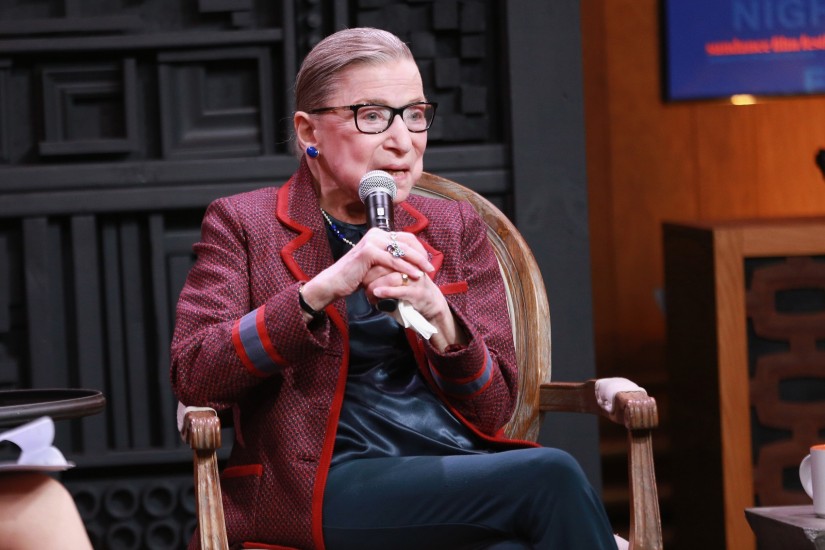Last week, at the National Constitution Center, in Philadelphia, Justice Ruth Bader Ginsburg, whom Jeffrey Toobin recently profiled in the magazine, made a disclosure that deserves more attention than it has gotten. She explained that her solo dissent from the Court’s June decision that federal courts must look skeptically at the affirmative-action plans of colleges and universities, was inspired by a 1938 ruling not mentioned in the dissent—actually, by one of its footnotes.
The point is noteworthy because that’s long been called the most important footnote in constitutional law. Justice Ginsburg didn’t say so, but the rejection of this footnote’s principles by Court conservatives during the past generation—and, in particular, by the Roberts Court—explains why the Court’s current activism often feels like the result of politics rather than law.
The 1938 case is United States v. Carolene Products, in which the Court said that it was not the role of the judiciary to closely review laws passed by Congress that impose economic regulations, and upheld a federal statute making it illegal to ship “filled milk” in interstate commerce. Filled milk substituted coconut oil for the fat found in regular milk, and was in competition with condensed milk.
The ruling confirmed what had happened, dramatically, the year before. After four decades of an activist judiciary, with the conservative majority regularly striking down economic and social-welfare legislation ostensibly to protect “liberty of contract,” the Supreme Court had ended its support of big business and laissez-faire economics and allowed the New Deal to move forward.
But Justice (later Chief Justice) Harlan F. Stone, who wrote the Carolene Products opinion, did not want to embrace judicial restraint unequivocally. That would have made it easier for Congress to infringe on civil liberties and civil rights. In footnote four, which is the only remarkable part of the decision, he distinguished between statutes dealing with economic and social-welfare legislation and those dealing with “the very essence of ordered liberty.”
As the University of Chicago’s David Strauss put it, in a 2009 lecture, “The Carolene Products footnote was the Court’s first—and maybe only—attempt to say, systematically, when the courts should declare laws unconstitutional.”
Justice Stone wrote that “the presumption of constitutionality” should be set aside and that legislation should be “subjected to more exacting judicial scrutiny” when it “restricts those political processes which can ordinarily be expected to bring about repeal of undesirable legislation” or when it is “directed at particular religious, or national, or racial minorities”—“against discrete and insular minorities” that are victims of “prejudice.” Laws about milk need not be subjected to exacting review; laws about rights and liberties likely should be.
He addressed a question that had been paramount since the founding of the Republic regarding the role of the judiciary in American governance: Why isn’t it anti-democratic for unelected judges to overturn decisions of elected officials? It isn’t anti-democratic, the Justice said, if judges follow the principles of judicial review framed by the footnote.
